Navigating Complexity: The Mechanics of Mechatronic Drone Actuation
Introduction
In recent years, drones have embedded themselves into various sectors, from agriculture to surveillance, and have emerged as a significant component of modern technology. Drones are fundamentally defined by their actuation systems—mechanisms that allow them to move, maneuver, and perform specific tasks. This article delves into the complexities of mechatronic drone actuation, exploring the mechanical, electronic, and software interactions that allow drones to function effectively in their intended domains.
Understanding Mechatronics in Drones
Definition of Mechatronics
Mechatronics is an interdisciplinary field that integrates mechanical engineering, electronics, computer science, and control engineering. It aims to design and create intelligent systems and products. In the context of drones, mechatronics plays a pivotal role in the design, construction, and programming that governs the actuation of drone components.
Historical Context
The evolution of drone technology can be traced back to early unmanned aerial vehicles utilized in military applications. These initial models were rudimentary and lacked the sophisticated control mechanisms that modern drones possess. Recent advancements in mechatronic principles have significantly improved the design and performance of drones, enabling them to perform complex tasks autonomously.
The Architecture of Drone Actuation Systems
Mechanical Components
-
Frame Structure
- The frame serves as the drone’s body and is typically made from lightweight materials such as carbon fiber or plastic. The architecture must balance strength and weight to ensure efficiency and stability.
-
Motors and Propellers
- Brushless DC motors are widely favored for their high power-to-weight ratio and efficiency. The size and number of propellers affect thrust and control; quadcopters, for instance, use four propellers for enhanced stability.
-
Gimbals
- Gimbals stabilize payloads such as cameras by allowing them to pivot independently of the drone’s movement. This mechanical component ensures high-quality imaging and data collection.
Electronic Components
-
Electronic Speed Controllers (ESC)
- These devices regulate the power supplied to the motors, allowing for precise control over speed and direction.
-
Sensors
- Drones utilize an array of sensors, including accelerometers, gyroscopes, and GPS modules. These sensors provide critical data for stabilization and navigation.
-
Flight Controllers
- The flight controller serves as the brain of the drone, processing input from sensors and executing movements based on preprogrammed algorithms or user commands.
Software Components
-
Control Algorithms
- Sophisticated algorithms govern the actuation in drones, enabling them to execute complex flight maneuvers and tasks. PID (Proportional-Integral-Derivative) controllers are common in drone systems.
-
Communication Protocols
- Drones often use protocols like PWM (Pulse Width Modulation) for ESC communication and telemetry systems for data transmission back to the operator.
-
Autonomous Flight Software
- Software tools like PX4 and ArduPilot allow for automated flight planning, waypoint navigation, and obstacle avoidance, enhancing the complexity of drone operation.
Mechanisms of Actuation in Drones
Types of Actuation
-
Rotational Actuation
- This is predominantly used in multirotor drones where motors drive propellers to produce lift and thrust. The pitch and yaw control relies on differential thrust between motors.
-
Linear Actuation
- Limited in drones, linear actuators can be used in applications like landing gear deployment or gimbal stabilization.
Control Strategies
-
Active Control
- Active control involves real-time adjustments made by the flight controller based on data received from the sensors. This is crucial for stability and responsiveness.
-
Passive Control
- This approach uses pre-configured designs to achieve stability, relying on the physical properties of materials and body shapes rather than electronic adjustments.
Challenges in Actuation
-
Dynamic Environment
- Drones operate in a variety of environments, from open rural areas to urban settings filled with obstacles. These conditions require robust actuation systems that can adapt to changing circumstances.
-
Payload Variability
- The diversity of payloads affects drone performance. Actuation systems must accommodate varied weights, which can influence flight dynamics and stability.
-
Battery Efficiency
- Energy consumption is critical for drone operation. Actuation systems must be optimized to extend flight time while maintaining performance.
Advanced Technologies in Drone Actuation
Artificial Intelligence and Machine Learning
The integration of AI and machine learning algorithms in drone actuation systems is revolutionizing how drones operate. These technologies enable drones to learn from previous flights, adapt their behaviors, and make decisions based on real-time data, enhancing their effectiveness in unpredictable scenarios.
Swarm Robotics
Swarm technology involves the deployment of multiple drones that communicate and collaborate for complex tasks. Mechatronic design must account for inter-drone communication and coordinated actuation to ensure seamless operation across multiple units.
Autonomous Navigation and Obstacle Avoidance
Modern drones increasingly rely on advanced sensors and sophisticated algorithms for navigation and obstacle avoidance. These capabilities are essential for autonomous flight in dynamic environments, reducing human intervention and enhancing operational efficiency.
Case Studies
Agricultural Drones
Agricultural drones utilizing actuation systems to monitor crop health, manage irrigation, and facilitate pesticide spraying represent a successful application of mechatronics. By integrating sensors with precise actuation systems, these drones can operate autonomously over vast farmlands, significantly enhancing productivity.
Surveillance Drones
In the realm of surveillance, drones are equipped with high-resolution cameras that necessitate stable gimbals and precise control algorithms for optimal performance. The success of surveillance operations relies heavily on the effectiveness of the drone’s actuation system to navigate challenging landscapes while capturing high-quality data.
Delivery Drones
With the rise of e-commerce, delivery drones are becoming increasingly prevalent. Their actuation systems must ensure safe navigation and landing capabilities, considering varied payloads and urban environments. Companies like Amazon are at the forefront of developing these technologies, pushing the boundaries of legal and operational standards for drone delivery.
Future Trends
Increased Regulatory Frameworks
As drone technology becomes more widely adopted, regulatory frameworks will evolve to ensure safety and compliance. This environment will necessitate more robust actuation systems that meet stringent standards for performance and reliability.
Sustainable Energy Solutions
With environmental concerns on the rise, the development of sustainable energy solutions for drone actuation will be crucial. Innovations in battery technology, including solar-powered and hydrogen fuel cell systems, could redefine operational capabilities while minimizing environmental impact.
Enhanced Human-Machine Interaction
The future of drone operation may involve more intuitive human-machine interfaces that allow operators to interact more naturally with drones. Advances in virtual reality and augmented reality could enhance situational awareness and control over drone actuation systems.
Conclusion
The mechanics of mechatronic drone actuation illustrate a profound intersection of various engineering disciplines, showcasing the complexities involved in creating sophisticated aerial systems. As technology evolves, the intricacies of these actuation systems will continue to develop, presenting exciting opportunities and challenges. Understanding these complexities is crucial for anyone involved in the drone industry, from engineers to operators, ensuring they are prepared to harness the full potential of drone technology in an increasingly complex world.
This introduction and outline provide a framework for a comprehensive exploration of the topic. Should you require specific sections expanded upon or tailored to focus on particular facets of drone actuation, please let me know!






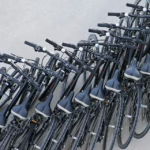








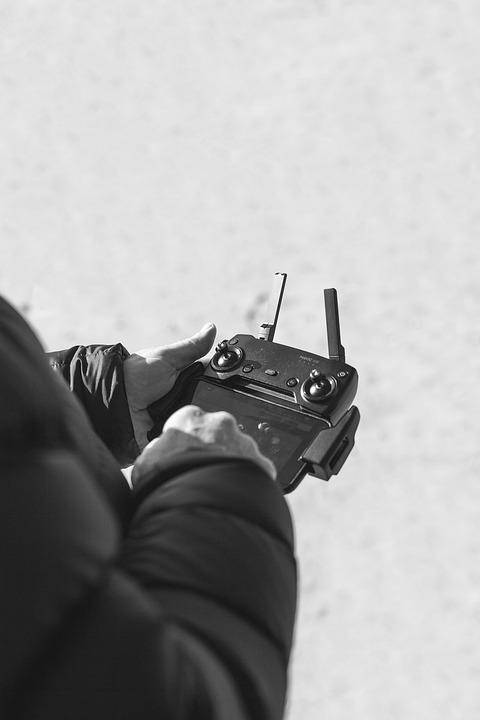

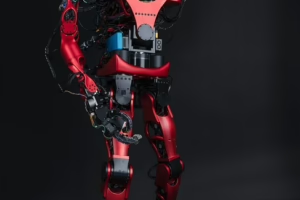
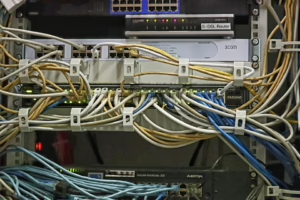

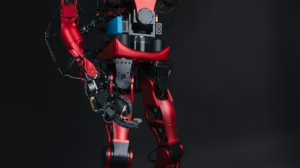
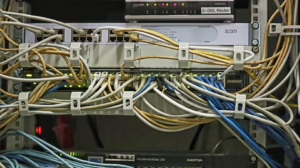




Add Comment